How can I reconfigure this???
patreesh
12 years ago
Related Stories
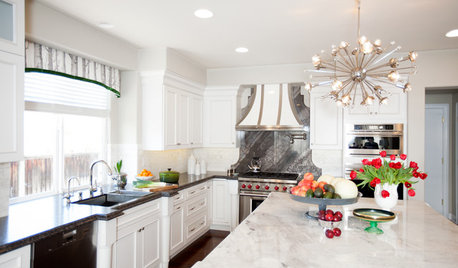
KITCHEN DESIGNRoom of the Day: Reconfigured Kitchen Goes From Bland to Glam
An interior designer gives this San Francisco-area cooking space more character and improved function
Full Story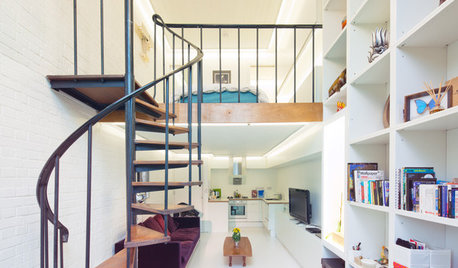
REMODELING GUIDESAsk an Architect: How Can I Carve Out a New Room Without Adding On?
When it comes to creating extra room, a mezzanine or loft level can be your best friend
Full Story

REMODELING GUIDESCan You Handle That Fixer-Upper?
Learn from homeowners who bought into major renovation projects to see if one is right for you
Full Story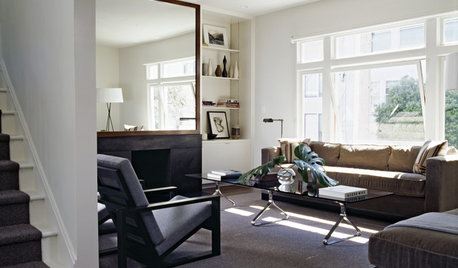
LIVING ROOMSIdeabook 911: How Can I Make My Living Room Seem Bigger?
10 Ways to Make a Small Space Live Large
Full Story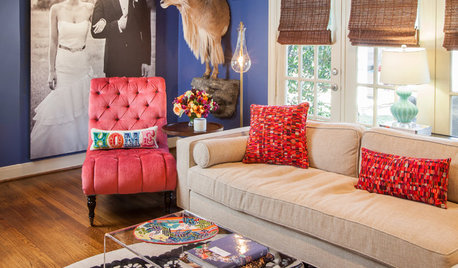
THE POLITE HOUSEThe Polite House: Can I Put a Remodel Project on Our Wedding Registry?
Find out how to ask guests for less traditional wedding gifts
Full Story
LIFEThe Polite House: How Can I Kindly Get Party Guests to Use Coasters?
Here’s how to handle the age-old entertaining conundrum to protect your furniture — and friendships
Full Story
LIFEThe Polite House: How Can I Tell a Construction Crew to Pipe Down?
If workers around your home are doing things that bother you, there’s a diplomatic way to approach them
Full Story
LIFEYou Said It: ‘The Wrong Sink Can Make You Hate Your Kitchen’
Design advice, inspiration and observations that struck a chord this week
Full Story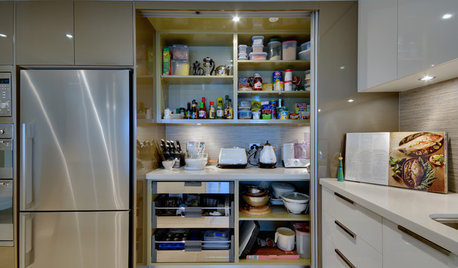
KITCHEN STORAGEMove Over, Soup Cans — the Kitchen Appliances Are Here
Design a pantry with room for mixers, coffeemakers and more, for less countertop clutter and handy access
Full StoryMore Discussions






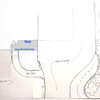
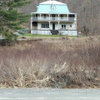



Nancy Vargas Registered Architect
catkim
Related Professionals
Arlington Landscape Contractors · Canton Landscape Contractors · East Lake-Orient Park Landscape Contractors · Hayward Landscape Contractors · Homewood Landscape Contractors · Medford Landscape Contractors · Palm Beach Gardens Landscape Contractors · Parker Landscape Contractors · Hawaiian Gardens Landscape Contractors · Shafter Landscape Contractors · Fredericksburg Decks, Patios & Outdoor Enclosures · Bowie Decks, Patios & Outdoor Enclosures · Detroit Decks, Patios & Outdoor Enclosures · Fredericksburg Decks, Patios & Outdoor Enclosures · Rowlett Swimming Pool Builderspam29011
inkognito
Nancy Vargas Registered Architect
Nancy Vargas Registered Architect
botann
inkognito
Marie Tulin
duluthinbloomz4
Marie Tulin
patreeshOriginal Author
inkognito
patreeshOriginal Author
karinl
patreeshOriginal Author
botann
catkim
mjsee
mjsee
inkognito
kristin_flower
mjsee
mjsee
botann
karinl
mjsee
duluthinbloomz4
drtygrl
mjsee